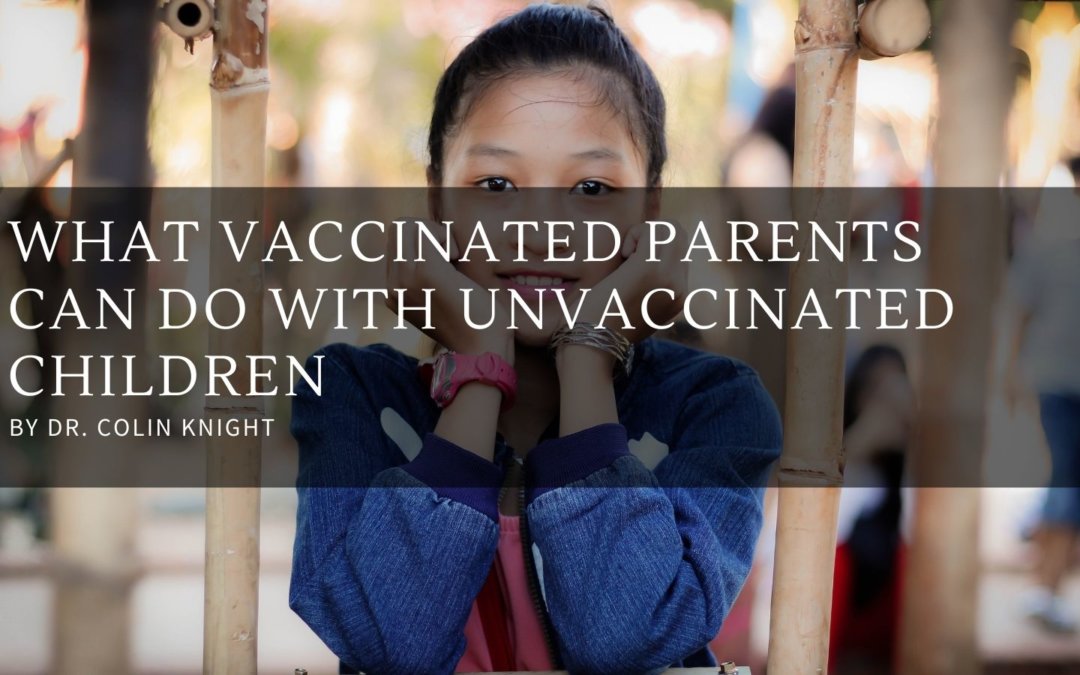After hunkering down for more than a year, the arrival of COVID vaccines has left many families feeling safer about going out in public. Yet, the discovery that it might take a while for children to be eligible for a vaccine has left many families feeling like they are still in the dark. Currently, only the Pfizer-BioNTech vaccine is approved to give to children 16 years of age and older. For children under 16, it could be later this year or into 2022 before they can get their vaccination. Until then, knowing what is safe for families of mixed vaccination status helps people to plan for the upcoming months.
Know When it is Safe to Visit Grandparents
One of the hardest things about the pandemic has been the need to avoid family gatherings to protect the vulnerable. Now that many grandparents are vaccinated, it is time to reunite. Currently, a fully vaccinated family can visit with one other unvaccinated one safely. This means that grandchildren without underlying health conditions that put them at risk can see their grandparents as long as the older adults are vaccinated.
Use Caution When Planning to Dine Out
The biggest problem with restaurants is that diners might not know everyone else’s vaccination status. There is also the issue of being in an enclosed indoor space with poor ventilation. Vaccinated parents who want to dine out can reduce the risk of their child picking up the coronavirus by choosing a restaurant with open-air patio dining.
Plan a Safe Summer Vacation
Road trips are the safest option for traveling with unvaccinated kids because they limit exposure to only the people in the vehicle. Throughout the trip, parents will want to stay vigilant about handwashing and sanitizing. It is also preferable to bring more masks than they think they need in case some get soiled.
Until all children are eligible for a vaccine, it is normal to expect that parents will continue to encounter new situations that may be hard to navigate. When in doubt, its best for parents to use their best judgment and the guidance of their child’s doctor. Remembering that there is not a one-size-fits-all answer for families right now makes it easier to determine what works best for each set of parents and their children.

